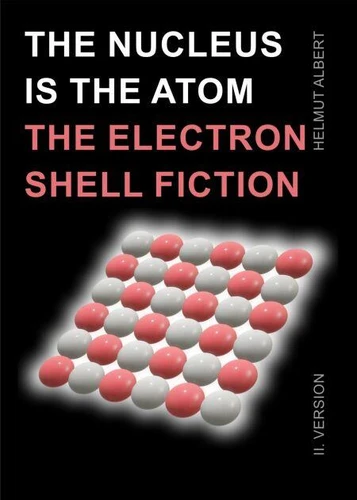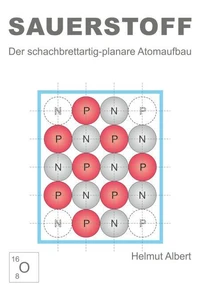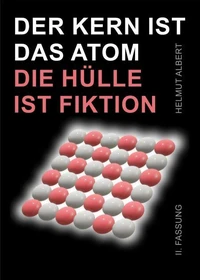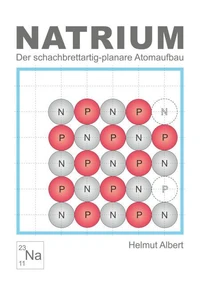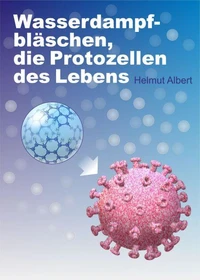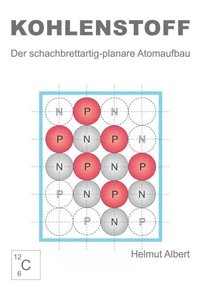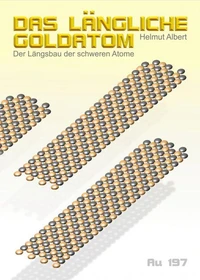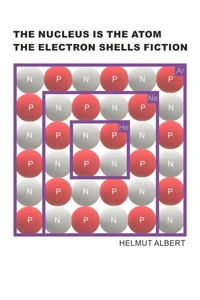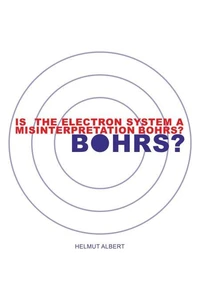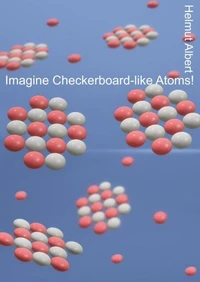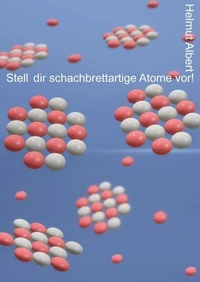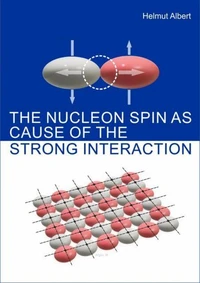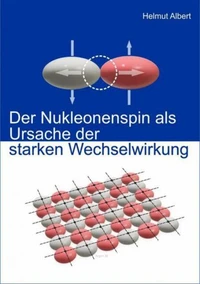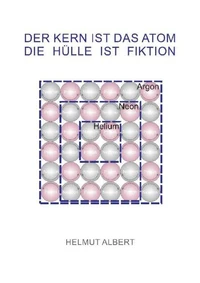The nucleus ist the atom, the electron shell fiction. II. version
Par :Formats :
Disponible dans votre compte client Decitre ou Furet du Nord dès validation de votre commande. Le format ePub est :
- Compatible avec une lecture sur My Vivlio (smartphone, tablette, ordinateur)
- Compatible avec une lecture sur liseuses Vivlio
- Pour les liseuses autres que Vivlio, vous devez utiliser le logiciel Adobe Digital Edition. Non compatible avec la lecture sur les liseuses Kindle, Remarkable et Sony
 , qui est-ce ?
, qui est-ce ?Notre partenaire de plateforme de lecture numérique où vous retrouverez l'ensemble de vos ebooks gratuitement
Pour en savoir plus sur nos ebooks, consultez notre aide en ligne ici
- Nombre de pages20
- FormatePub
- ISBN978-3-7565-3228-5
- EAN9783756532285
- Date de parution21/09/2022
- Protection num.pas de protection
- Taille396 Ko
- Infos supplémentairesepub
- Éditeurepubli
Résumé
As already more than 100 years ago, also according to today's conception, an atom should consist of an atomic nucleus and an atomic shell. An atom is considered as a triple system with electrons in the atomic shell and protons and neutrons in the atomic nucleus. The properties of chemical elements are said to depend on the electrons and electron configurations. What electrical charge an atom has is determined by the ratio of electrons and protons.
According to the theory of the checkerboard-planar atomic structure, these ideas are backward and a mistake.
The checkerboard-planar atomic structure assumes a binary system of atoms. According to it, the nucleus is the atom and the shell is fiction. The protons and neutrons of the atom, form the whole mass. Protons are right-handed and neutrons left-handed, fast rotating building blocks of the atom. Spin-Up and Spin-Down. Based on these properties, protons and neutrons build up into atomic rectangles. This happens checkerboard-planar in the square lattice.
In this way, each isotope of an element forms an individual "proton-neutron configuration". Depending on the configurations, open or closed, we are dealing with a reactive, or non-reactive atom. On the other hand, whether an atom is electrically positively or negatively charged depends on the unoccupied proton or neutron sites of an atom. The idea of a core-shell atom will no longer be relevant in the foreseeable future.
The realization that atoms have a chessboard-like planar structure, on the other hand, will provide a new approach to the structure of matter.
The checkerboard-planar atomic structure assumes a binary system of atoms. According to it, the nucleus is the atom and the shell is fiction. The protons and neutrons of the atom, form the whole mass. Protons are right-handed and neutrons left-handed, fast rotating building blocks of the atom. Spin-Up and Spin-Down. Based on these properties, protons and neutrons build up into atomic rectangles. This happens checkerboard-planar in the square lattice.
In this way, each isotope of an element forms an individual "proton-neutron configuration". Depending on the configurations, open or closed, we are dealing with a reactive, or non-reactive atom. On the other hand, whether an atom is electrically positively or negatively charged depends on the unoccupied proton or neutron sites of an atom. The idea of a core-shell atom will no longer be relevant in the foreseeable future.
The realization that atoms have a chessboard-like planar structure, on the other hand, will provide a new approach to the structure of matter.
As already more than 100 years ago, also according to today's conception, an atom should consist of an atomic nucleus and an atomic shell. An atom is considered as a triple system with electrons in the atomic shell and protons and neutrons in the atomic nucleus. The properties of chemical elements are said to depend on the electrons and electron configurations. What electrical charge an atom has is determined by the ratio of electrons and protons.
According to the theory of the checkerboard-planar atomic structure, these ideas are backward and a mistake.
The checkerboard-planar atomic structure assumes a binary system of atoms. According to it, the nucleus is the atom and the shell is fiction. The protons and neutrons of the atom, form the whole mass. Protons are right-handed and neutrons left-handed, fast rotating building blocks of the atom. Spin-Up and Spin-Down. Based on these properties, protons and neutrons build up into atomic rectangles. This happens checkerboard-planar in the square lattice.
In this way, each isotope of an element forms an individual "proton-neutron configuration". Depending on the configurations, open or closed, we are dealing with a reactive, or non-reactive atom. On the other hand, whether an atom is electrically positively or negatively charged depends on the unoccupied proton or neutron sites of an atom. The idea of a core-shell atom will no longer be relevant in the foreseeable future.
The realization that atoms have a chessboard-like planar structure, on the other hand, will provide a new approach to the structure of matter.
The checkerboard-planar atomic structure assumes a binary system of atoms. According to it, the nucleus is the atom and the shell is fiction. The protons and neutrons of the atom, form the whole mass. Protons are right-handed and neutrons left-handed, fast rotating building blocks of the atom. Spin-Up and Spin-Down. Based on these properties, protons and neutrons build up into atomic rectangles. This happens checkerboard-planar in the square lattice.
In this way, each isotope of an element forms an individual "proton-neutron configuration". Depending on the configurations, open or closed, we are dealing with a reactive, or non-reactive atom. On the other hand, whether an atom is electrically positively or negatively charged depends on the unoccupied proton or neutron sites of an atom. The idea of a core-shell atom will no longer be relevant in the foreseeable future.
The realization that atoms have a chessboard-like planar structure, on the other hand, will provide a new approach to the structure of matter.

